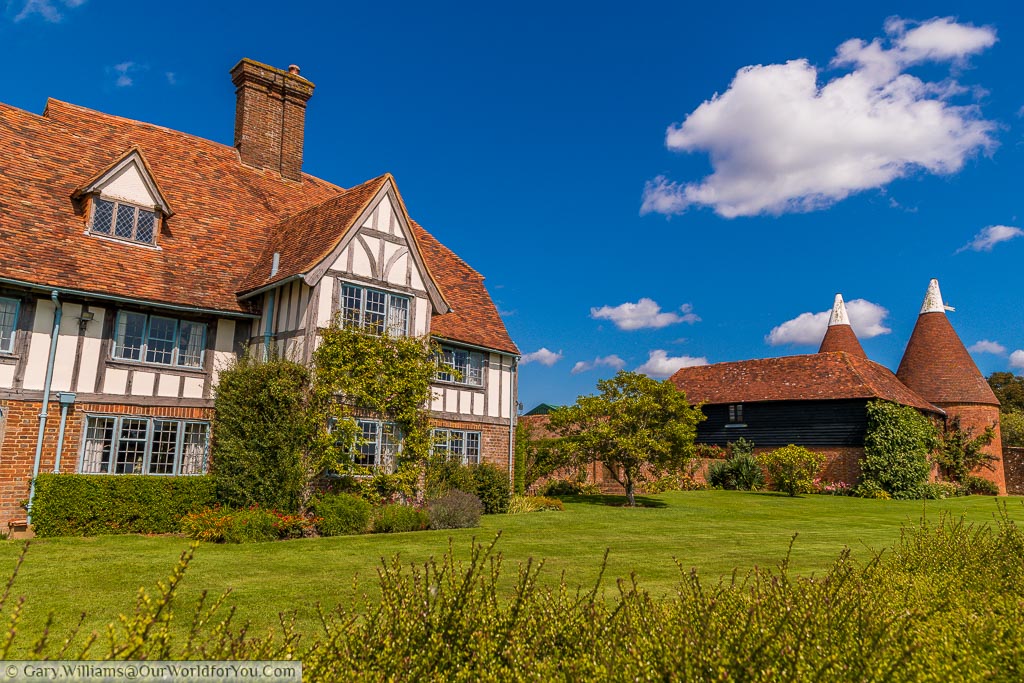An idyllic moated manor house in Kent
Scotney Castle is secretly nestled away in Kent’s picturesque countryside. As you approach the medieval ruins of the moated castle from the beautiful gardens above, you’re immediately spellbound.
It was actually a bit of a ‘wow’ moment for me as I was taken aback at how captivating it was and that it looked so serene in the autumnal setting. The leaves on the trees evolving into their golden and crimson-red foliage made a perfect scene to these idyllic surroundings.
I could just imagine crinoline ladies whooshing past fragrant flower beds being swooned by eligible gentry. Scotney Castle effortlessly transported you to another period in time.
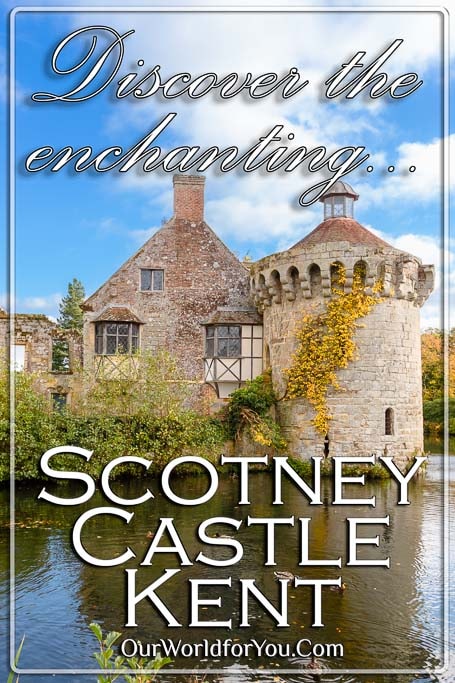
Where is Scotney Castle
How to get to Scotney Castle
- By Train
Scotney Castle is reasonably remote; therefore, the nearest train station is Wadhurst, which is 5.5 miles from Scotney Castle. A prearranged taxi may be advised.
- By Car
Scotney Castle can be accessed from the A21. There’s a free car park for National Trust members, or parking charges apply to non-members visiting the castle.
A little history on Scotney Castle
From dinosaurs to the ElizabethansScotney Castle is now managed and cared for by the National Trust; the estate was bequeathed to them in 1970 by Christopher Hussey.
However, centuries of deep and rich history have been weaving their way through Scotney’s landscape for many, many years. The earliest records reveal that there has been occupancy at Scotney since 1137.
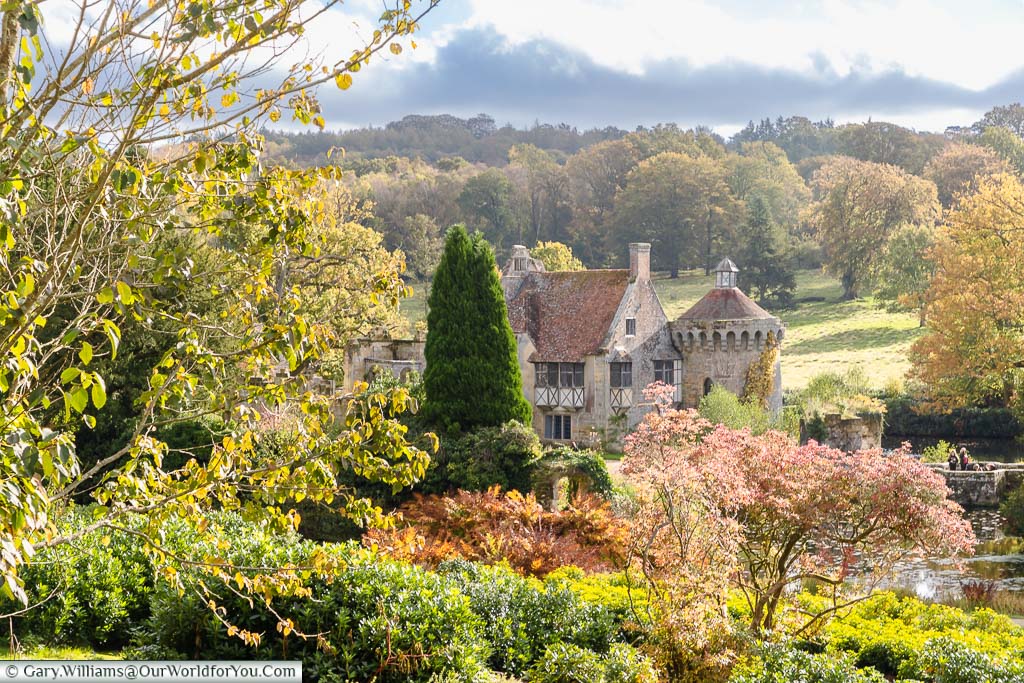
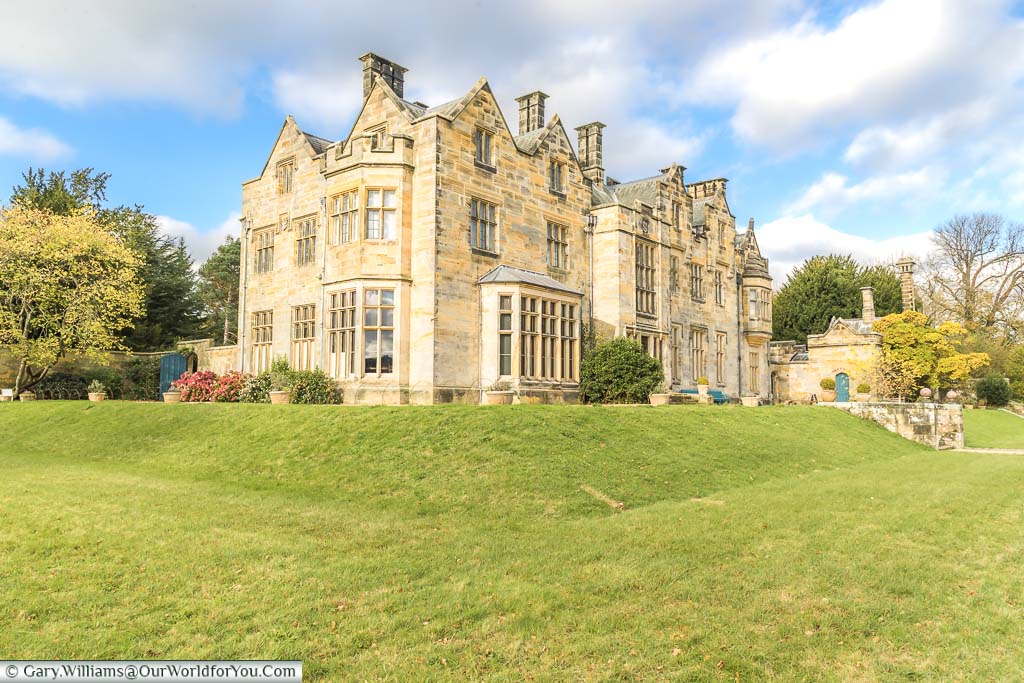
Around 1835, sandstone was quarried from within the estate, and a delightful home was built for Edward and Henrietta Hussey and their six children. The family home overlooked the rolling Kent countryside and the ancient ruins of Scotney Castle below.
While the quarrying took place, fossilised remains were found from the Wealden seabed. They unearthed a 100-million-year-old impression of an Iguanadon dinosaur’s footprint.
Where to stay nearby Scotney Castle
- Sissinghurst Castle Farmhouse – Yes, amazingly, you can stay within the grounds of the National Trust Sissinghurst Castle Garden.
This beautiful farmhouse has been lovingly decorated throughout and offers a delicious variety of breakfasts.
- The Woolstore – This delightful holiday cottage is within a short distance of Sissinghurst.
The Woolstore makes a perfect place to stay while discovering the Garden of England. Wake up every morning amongst cherry orchards and sheep meadows.
Exploring Scotney Castle gardens
No detail overlooked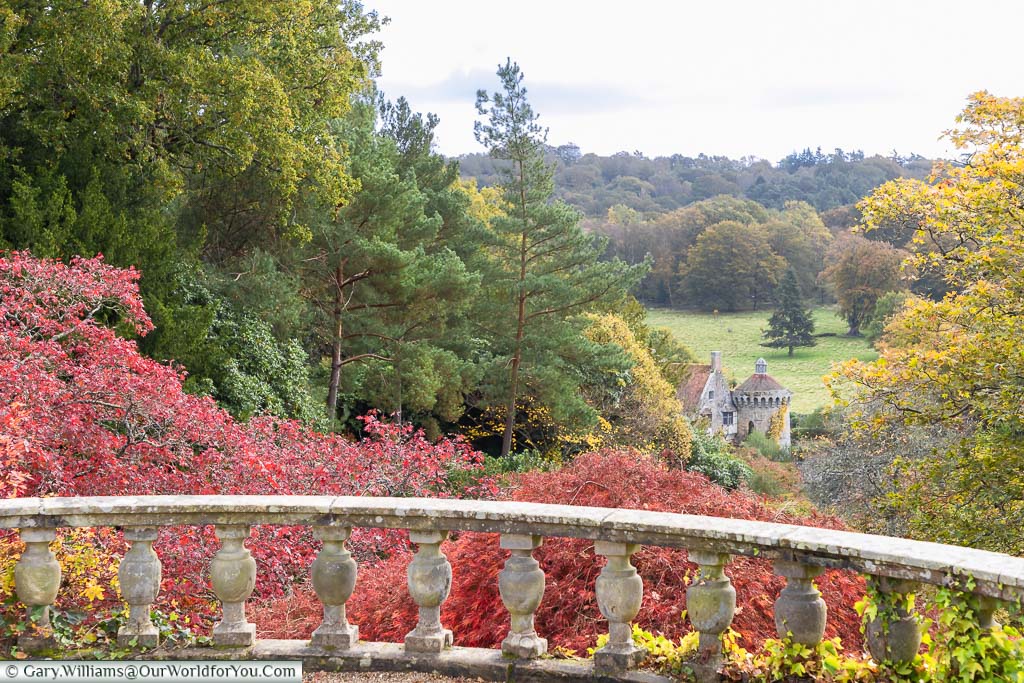
The gardens at Scotney Castle are one of the reasons to return time and time again as every season will offer something different.
The gardens, which are lovingly maintained by the National Trust, seemingly give an unkempt feel; however, you know that each and every plant and shrub is there for a purpose.
I can’t wait to see the rhododendrons and azaleas in full bloom.
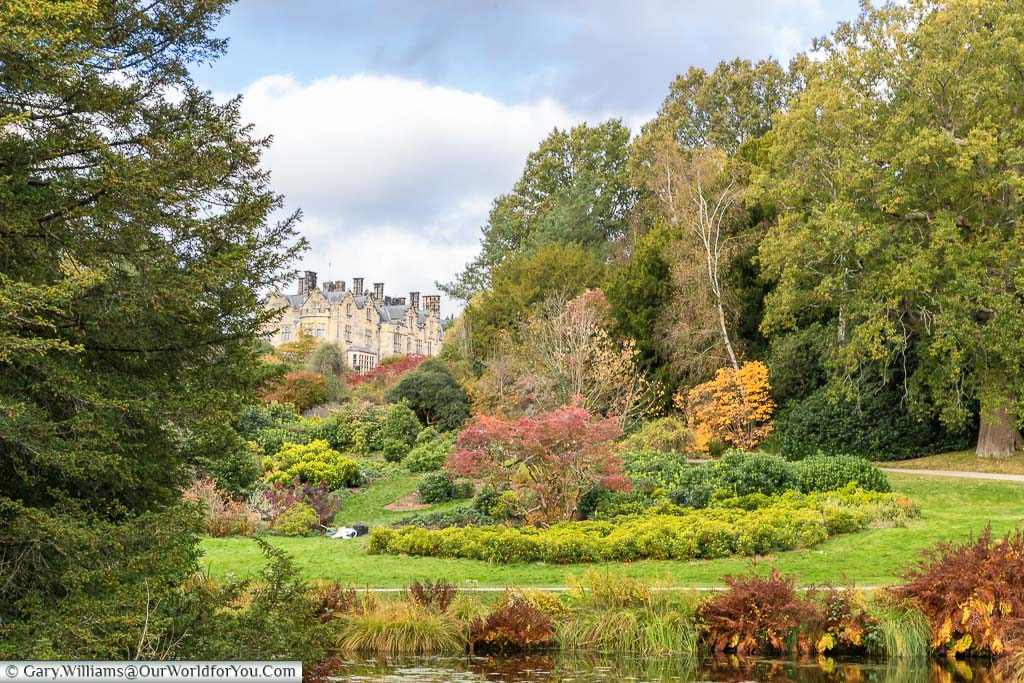
Hiking the Kent Countryside
Scotney Castle is located near Royal Tunbridge Wells. This region of Kent is ideal for hikes as it is in the High Weald (AONB), an Area of Outstanding Natural Beauty. To explore the trails in this region of Kent, the Ordnance Survey maps that will help you along the route is no. 136, ‘High Weald’.
Alternatively, why not purchase and download the OS Maps App, which covers all of Great Britain.
Discovering Old Scotney Castle
A stroll through the enchanting ruins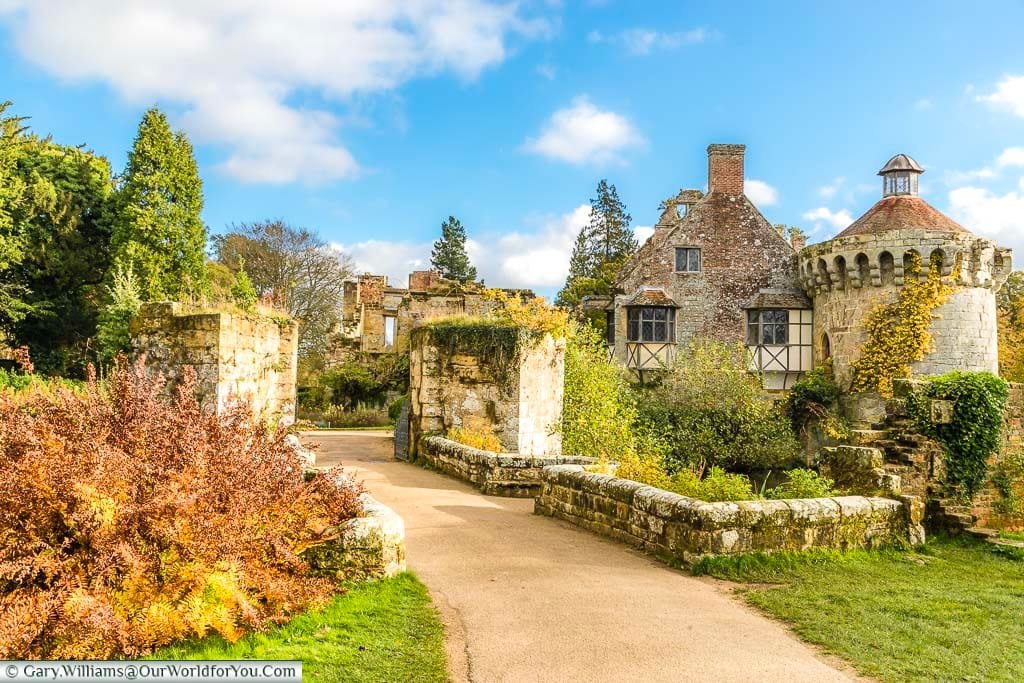
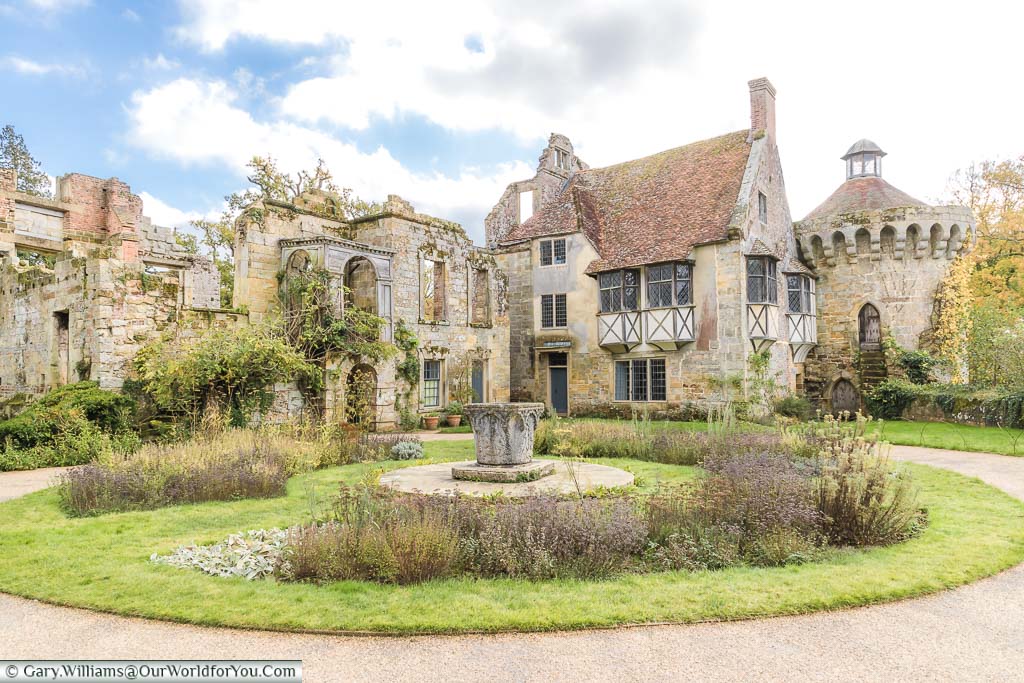
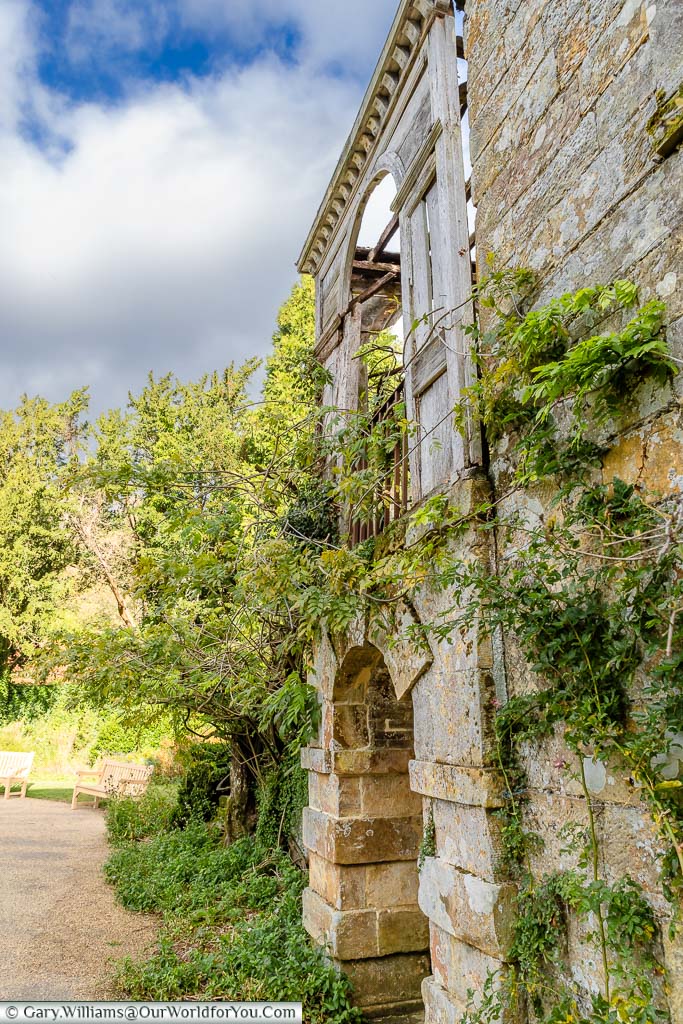
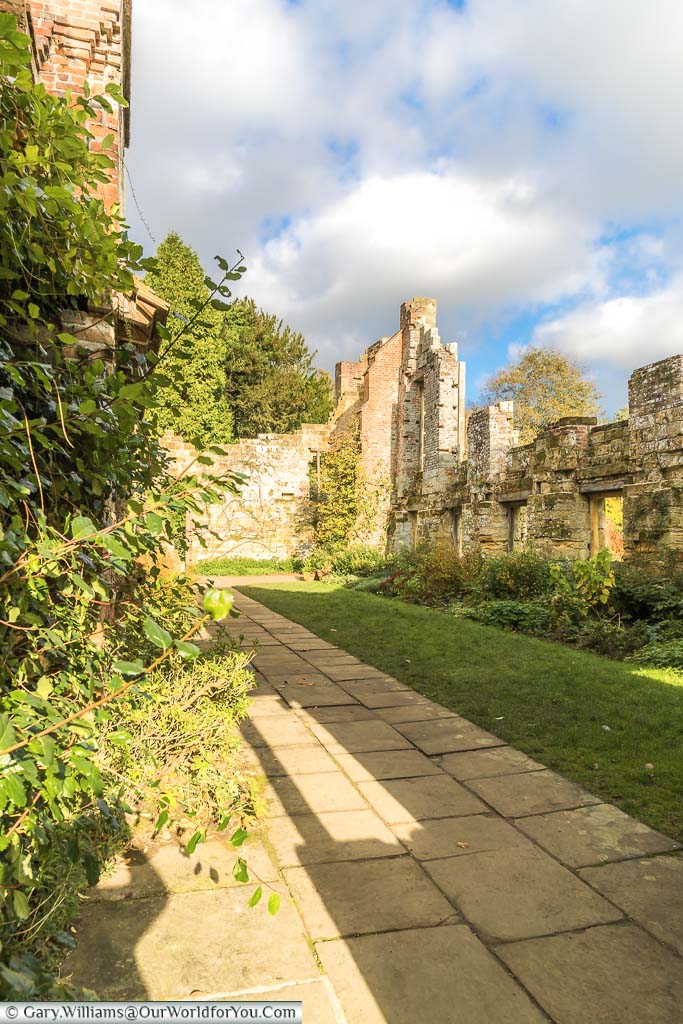
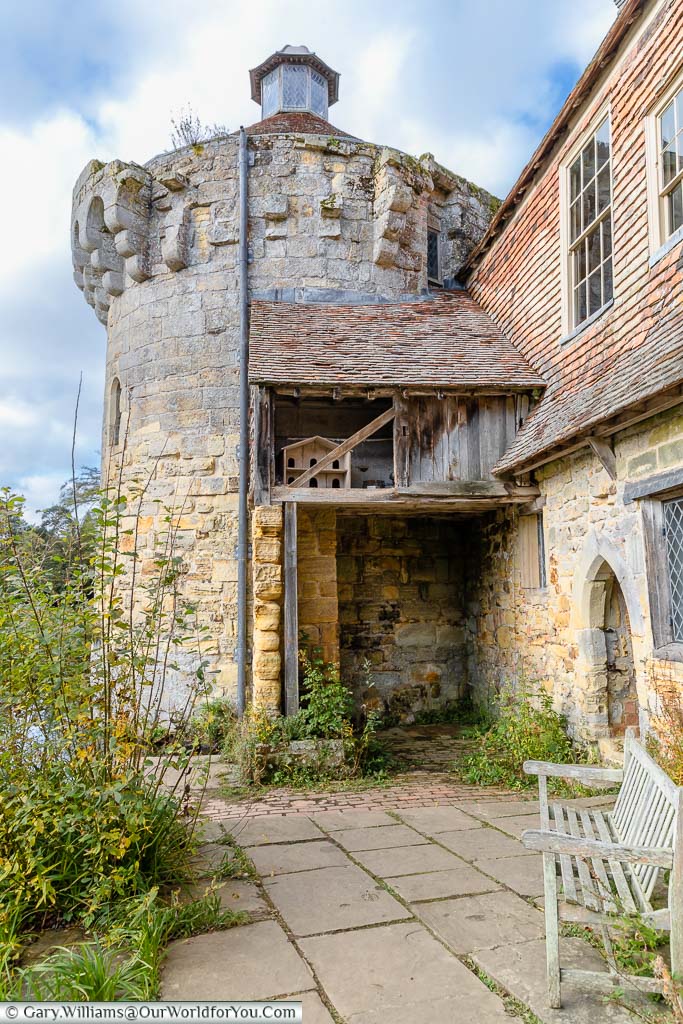
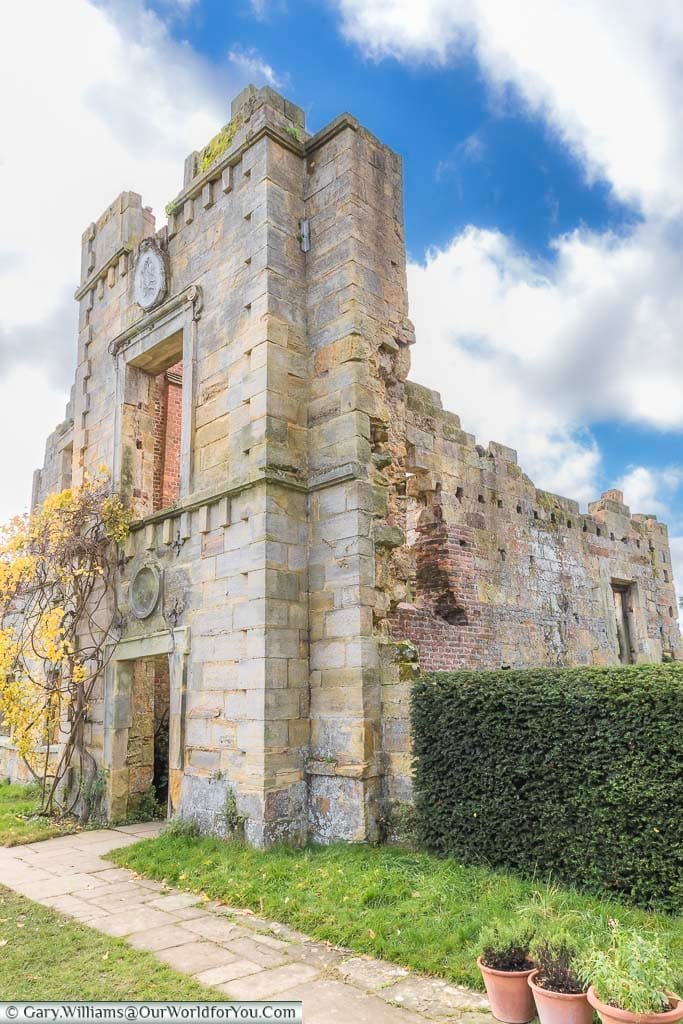
Strolling around the rear of the ruins, the flower beds give a sympathetic feel of the surroundings and brings the natural outdoors into what feels like a crumbling glasshouse. Keep wandering to the back of the remaining round tower, and you’ll be greeted by an enchanting courtyard and dovecote.
We loved it around here, it felt so atmospheric and a delight to just sit and admire.
If you're intrigued by Kent's weird and wonderful history, or all unusual stories around the county, then take a peek at "Kent's Strangest Tales".
You won't be able to put it down, you can pick it up for your Kindle or in good old paperback.
Exploring Scotney House
A home full of memories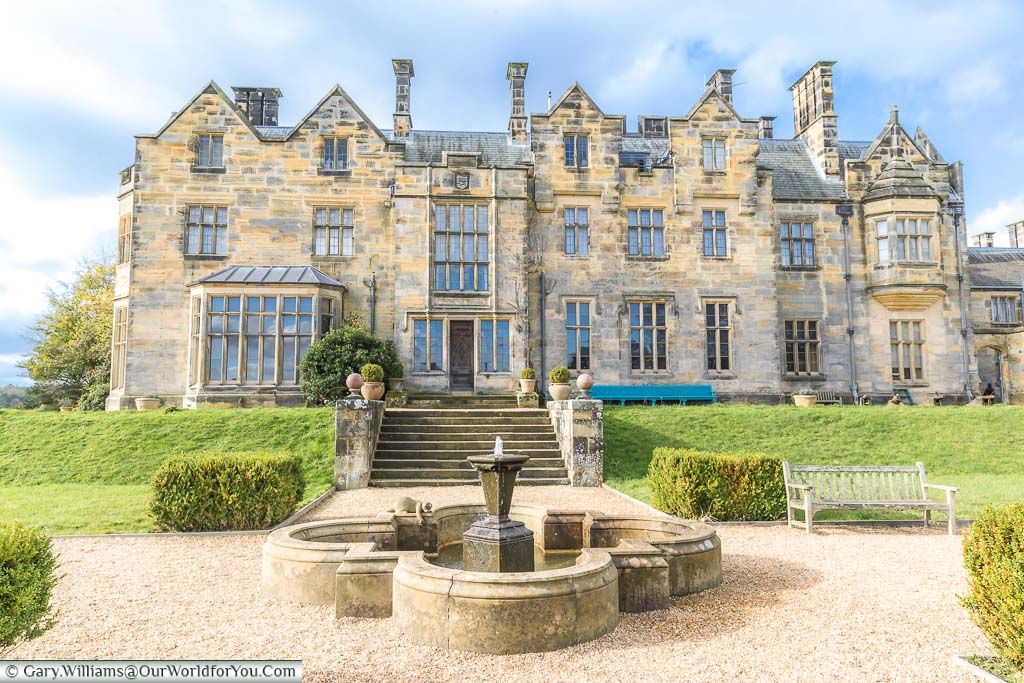
The rear of Scotney House
As mentioned, it was fashioned as a family home for the Hussey’s and their six children.
In 1894 it was then inherited by his son Edward Windsor Hussey who oversaw the running of the estate with his wife, Rosamond.
They lived at Scotney House during both World Wars and welcomed evacuees from Kings’ School in Rochester in 1939.
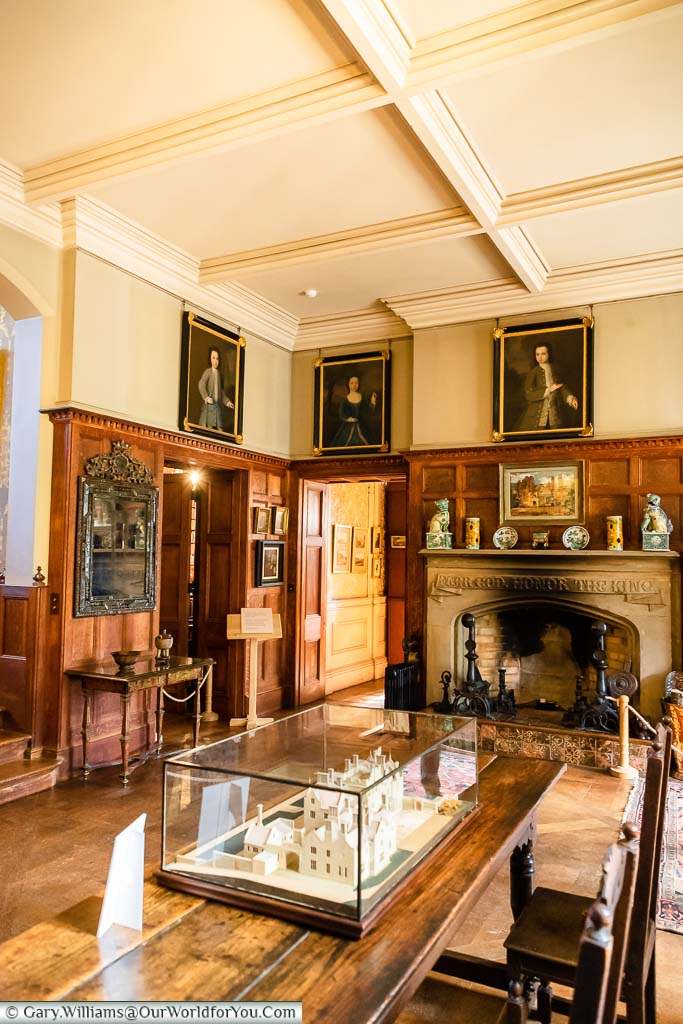
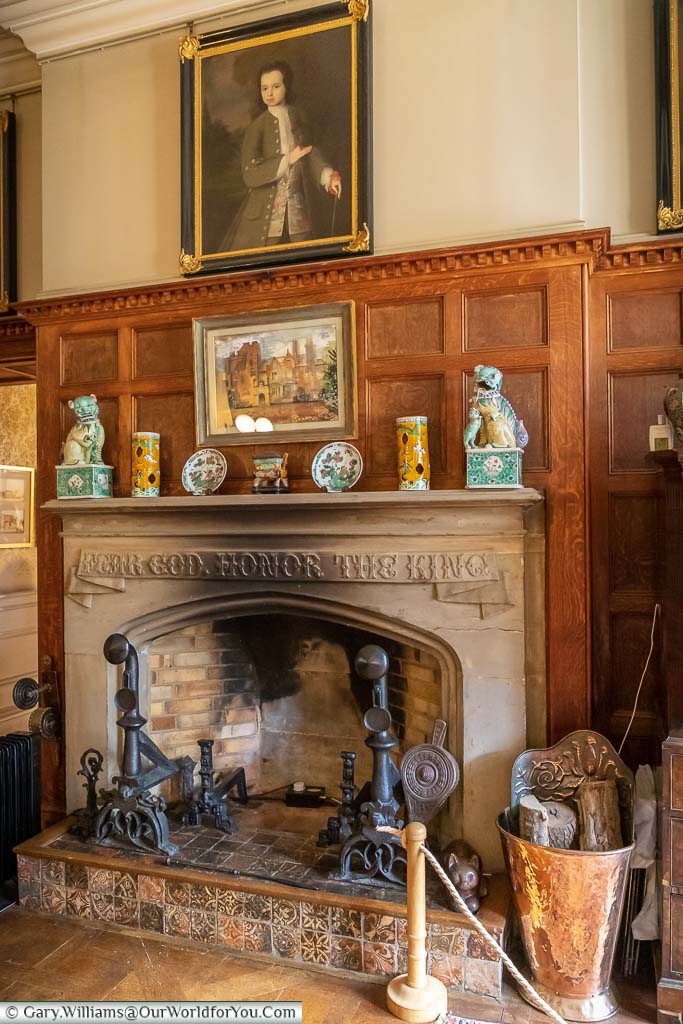
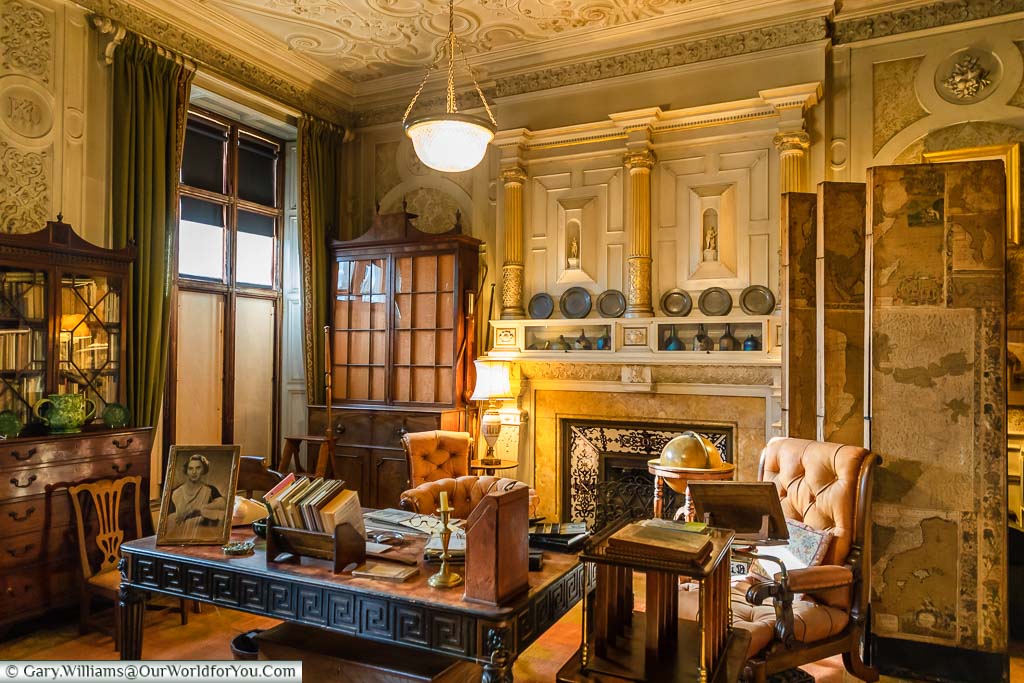
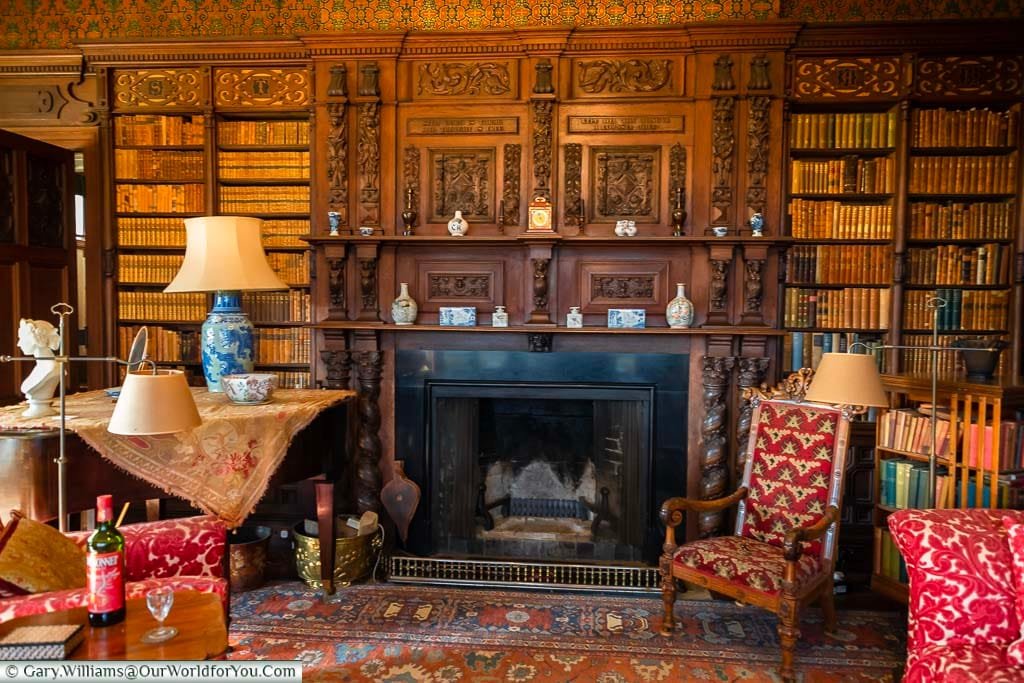
The next stop is the library, with historical books and novels towering high into the wood panelled walls. Keep a lookout for the secret door in the library made to look like a bookcase.
The library was a more relaxed place to socialise and where not only board games and cards were played, but they would also partake in a tipple or two.
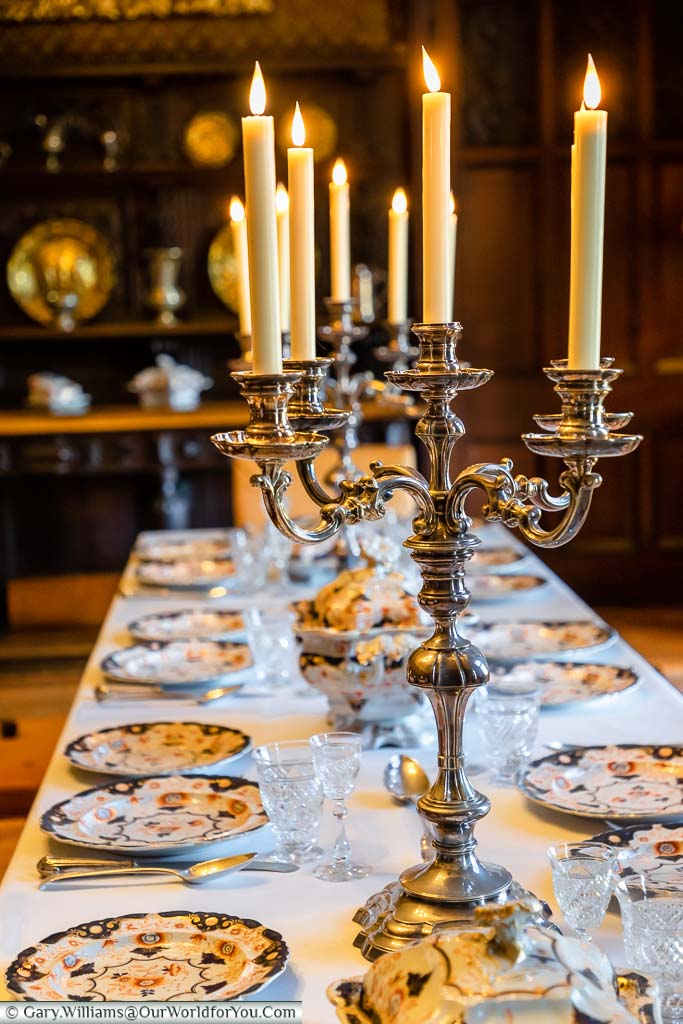
Through into the elegant dining room, which was used by the residents on more formal occasions. Beautifully laid out, as if they are just waiting for their guests to arrive.
The last two stops were to the small dining room used by the Hussey family on a day-to-day basis and onto the simple kitchen beyond. These rooms were utilised until Scotney House was left to the National Trust in 1970.
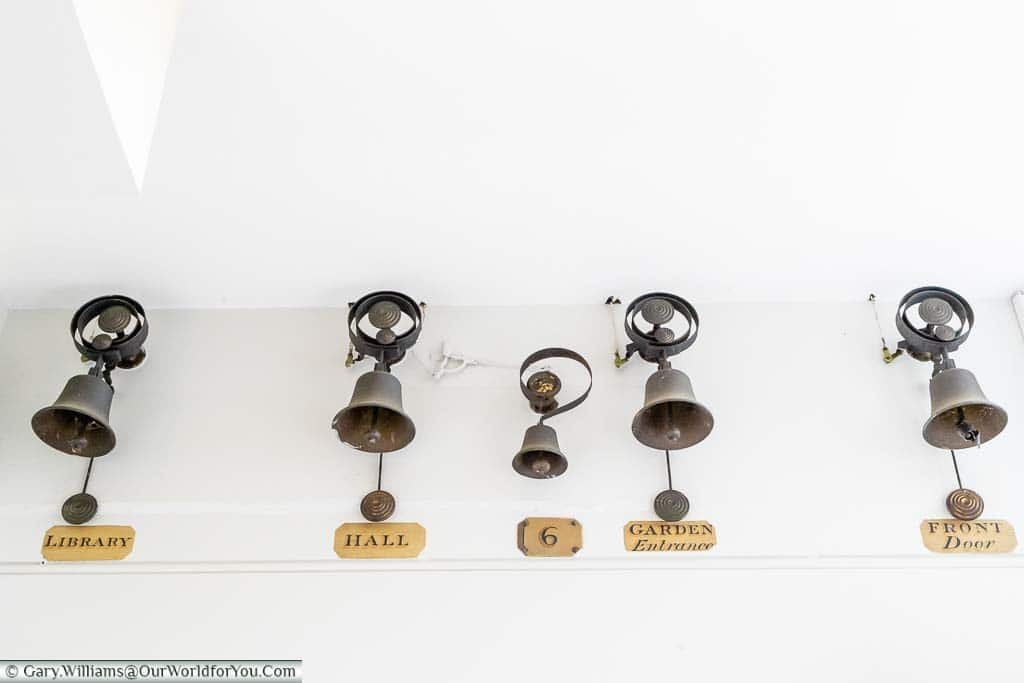
Tempted to?
Why not extend your mini-break in Kent and explore the picturesque landscape on a Kent countryside road trip through the Garden of England?
Rental Cars cover all budgets and allow you to pick up and drop off at different destinations.
Scotney’s walled garden
And a little refreshmentThe last area of the garden we visit is the one-acre walled garden. I do love a walled garden; I think it’s the rustic terracotta bricks that add so much charm and character to a plot.
The walled garden was first built around 1840 and used by the Hussey family to source fresh fruit and vegetables for the household.
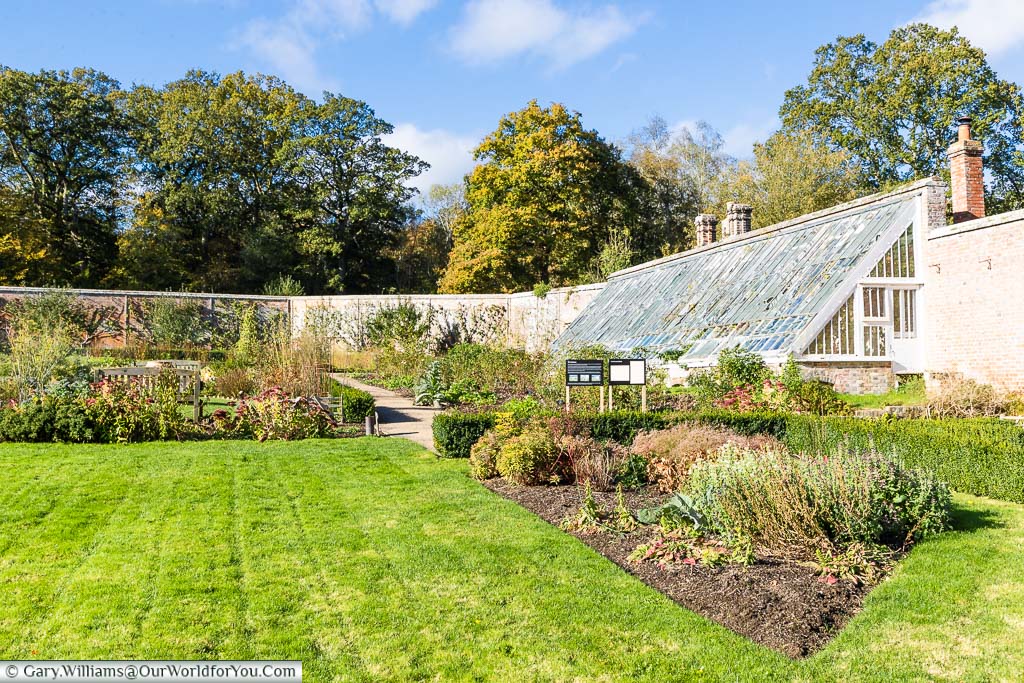
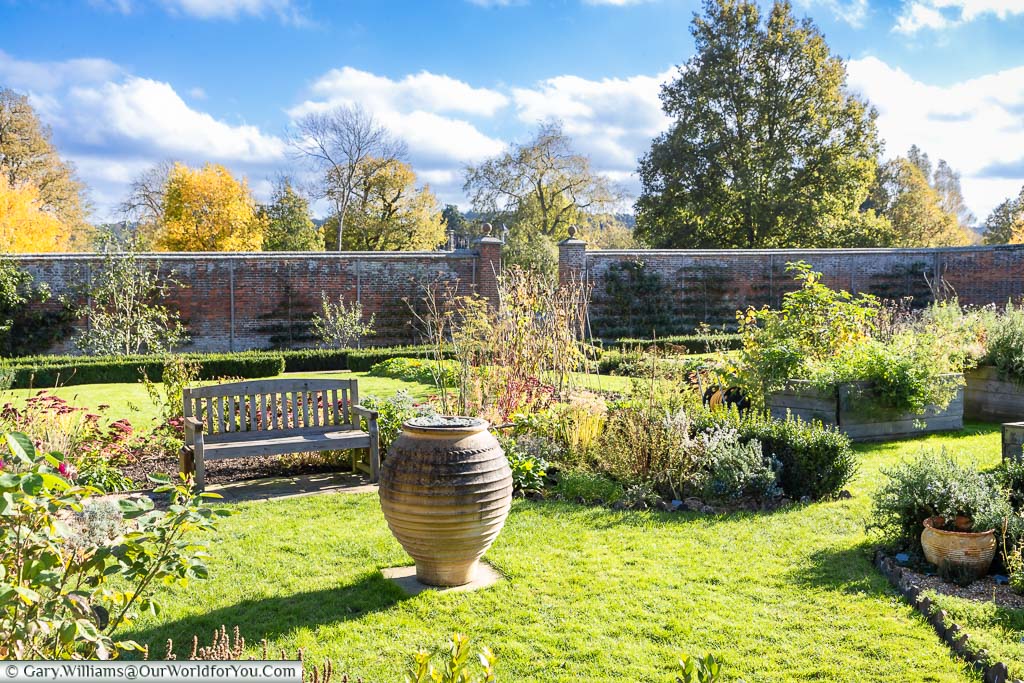
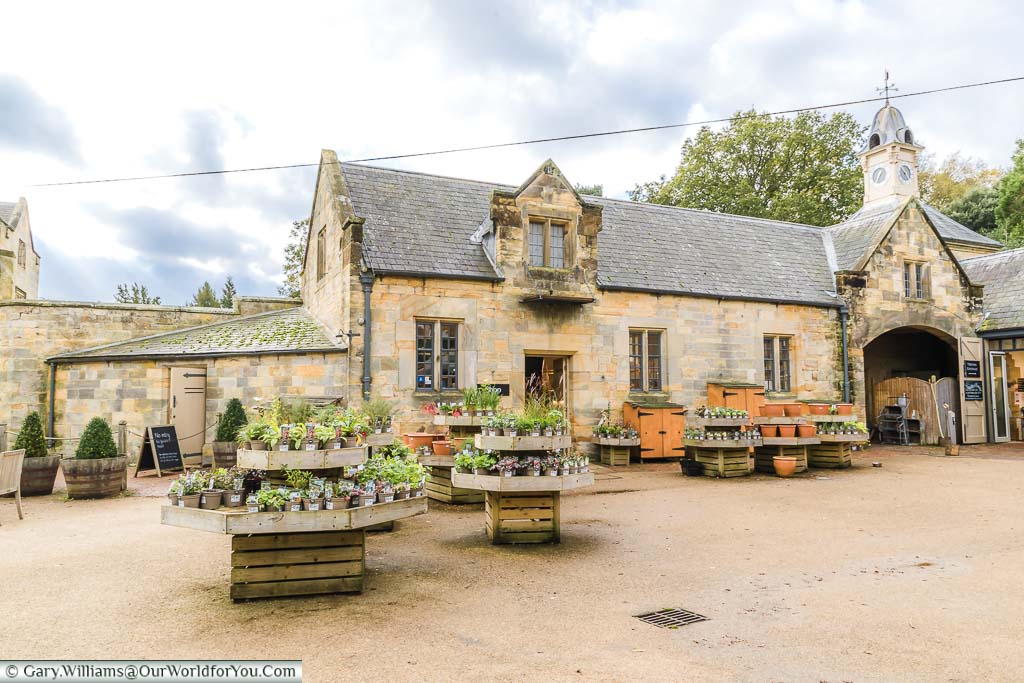
Our video of Scotney Castle
We have created a little YouTube video of our day at Scotney Castle. Why not take a look?
Also, why not subscribe to our YouTube channel and get the latest clips as we post them?
Discovering more of Kent
* This post may contain links to affiliated sites where we earn a small commission at no additional charge to you.

